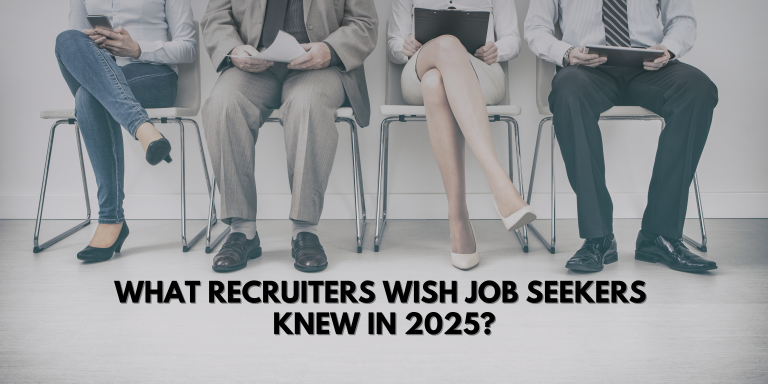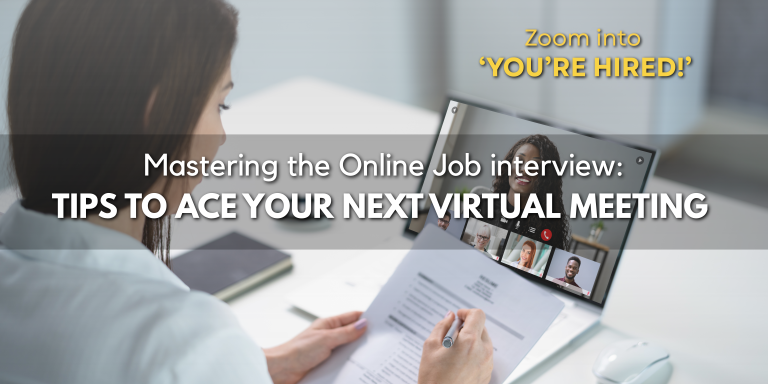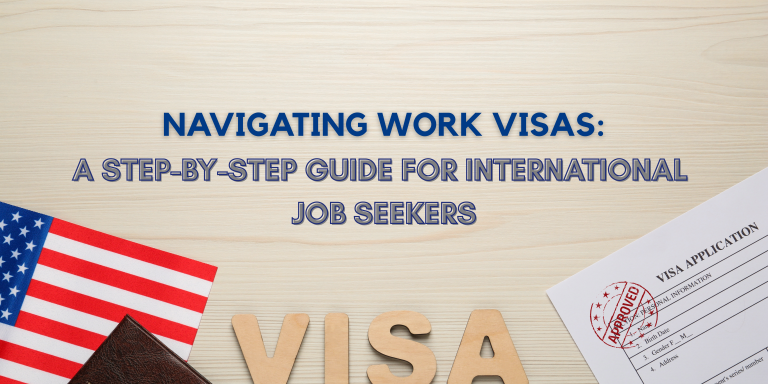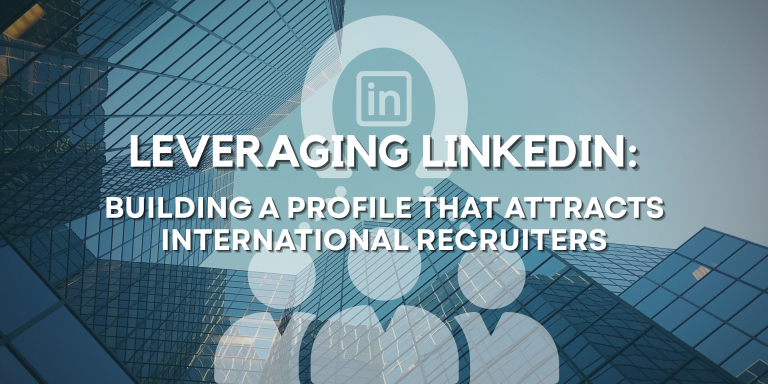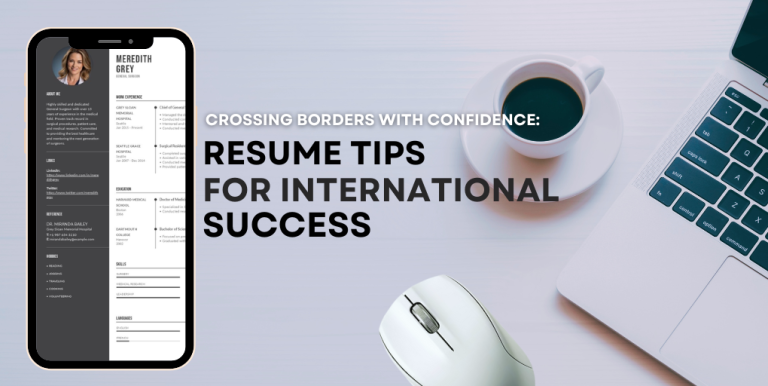The workplace of today is radically evolving. As Baby Boomers retire one after another and Gen Z brings about changes, it is becoming more known that businesses need to manage these generational shifts with intelligence and adaptation if they want to remain competitive. Retaining Baby Boomer employees and their abundance of experience and knowledge is also more significant than ever, as they will eventually depart the workforce. If companies want to stay competitive, they should look into ways to keep senior employees on staff while meeting their expanding needs. HR departments should take the lead in adapting to a changing workforce by providing everything from customized retirement plans to a comprehensive multigenerational succession plan.
A Compelling Case for Employee Retention
Businesses may consider using their deeply established loyalty to persuade them to extend their employment. Retaining senior personnel can help maintain their valuable knowledge and experience within the firm. One strategy for encouraging older staff to stay is to provide fewer working hours while allowing them to contribute their knowledge. This strategy appeals to people who want to extend their working years while still looking for greater freedom and leisure throughout their retirement.
But every worker’s idea of a part-time retirement career is unique. While Greg in communications could prefer to work five days a week in the evenings to assist with the grandchildren during the day, Joan in finance would like to work Tuesday through Thursday to allow for regular long weekend excursions. Having a conversation is essential to helping senior staff feel heard and respected. As a result, find out what these workers want and need, listen carefully to what they need to say, and then design a retention plan individually for each person.
Since many members of Generation X will be retiring in less than ten years, now is also the ideal moment to concentrate on keeping Gen X workers on staff. Maintaining their engagement and commitment is critical to the success of your organization since the Baby Boomers will replace them as experts and in leadership roles. By providing flexible work arrangements now, you can retain your present Gen X staff and draw in new ones. A lot of Gen Xers are taking care of their parents and kids at the same time. Some of them have hobbies outside of work.
Mastering Succession
Baby Boomers will exit employment, taking their skills, expertise, and knowledge along when they leave. To guarantee a smooth transfer with minimal disruptions, companies must develop thorough succession plans beyond listing potential successors. In addition to technical proficiency, this should involve leadership and decision-making abilities. Preparing future leaders with valuable soft skills is critical to ensuring business continuity.
Mentorship programs are an efficient technique for passing along expertise. Encourage retiring Baby Boomers to take on mentorship roles so that they can share their invaluable knowledge with younger generations, bridging the generation gap and cultivating a culture of continuous learning.
Mentorship programs can take many forms. Traditional one-on-one mentoring is beneficial for expanding skills and capabilities for long-term career development for single individuals. Organizations should also consider using Baby Boomers for group mentoring by offering master classes in specific skills to share their knowledge with many employees at once, focused mentoring in particular skills rather than longer-term career development.
Adapting Benefits for an Ever-Evolving Workforce
HR plays a big part in a company’s benefits and employment policies. It’s critical to adjust to the developing requirements and expectations of the workforce as Baby Boomers retire and more Generation Z workers join the workforce. It is imperative to get feedback from your staff. To find out which benefits are most valuable to them. It covers adaptability, possibilities for remote work, and other elements that might draw in and keep a younger workforce. The benefits package affects employee engagement significantly, happiness, and a sense of community. The HR and talent acquisition departments need to work together. Companies must have the resources to draw in and keep younger employees as openings become available. It initially matches recruitment tactics to the changing standards and ideals of the younger generations.
Conclusion
The workforce is changing due to the entry of Generation Z, the retirement of Baby Boomers, and the ascent of Gen X to the C-suite. HR departments are essential to facilitating this shift. Organizations can effectively respond to these shifting dynamics by placing a high priority on succession planning. Proactive HR practices that protect the company’s long-term performance while also attending to the urgent demands of the workforce are crucial. Not only is it essential, but it also presents an opportunity for growth and change to adapt to the evolving labor market.

